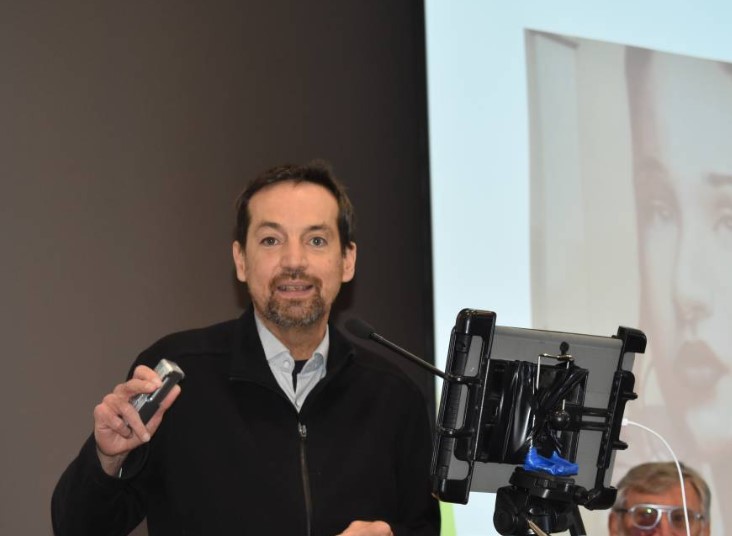COVID-19 may prove a silver lining for genetic improvements and testing in the livestock industry, a Melbourne conference has been told.
University of Queensland's Centre for Animal Science director Professor Ben Hayes was addressing a Melbourne Southern Australia Livestock Research Council (SALRC) conference.
The SALRC makes recommendations on research and development and extension and adoption initiatives and investments in the Australian red meat and livestock industries for the region.
Prof Hayes said researchers believed tests could soon be turned around in minutes, rather than hours.
"This is where we did get some inspiration from COVID-19," Prof Hayes said.

"Of course it was an absolutely terrible thing, and still is, but it did inspire some incredible innovation in the biomedical world - we can ride of the back of that, we can take technologies, developed during COVID and apply them on farm," Prof Hayes said.
The turn-around time for coronavirus testing had dropped sharply, in "a short space of time," he said.
"The really big development was portable sequencing," he said.
A portable device meant DNA could now be sequenced far more quickly.
"We can also aim this at our cattle genomes - if we put cattle genomes in here [the portable device] it will read it off those genomes in hours or minutes."
The portable device could be hooked up to a lap-top or mobile phone, providing genomes of your animals very quickly.
"We are working to develop up the technology so we can do genomic breeding values, and other genomic tests, using this technology," Prof Hayes said.
Prof Hayes said UQ had already begun work on turning DNA sequence data into genomic breeding values, "just like you get back from the current lab-based technology."
The traits of body condition score, weight and heifer puberty and hip height from in-field portable sequencing trials correlated very closely with "snip-chip" tests, done in the laboratory.
"They are up around the 100 per cent accuracy," he said.
The industry should not look at where technology was currently at, but rather anticipate where it could go.
"I don't think its a huge step, taking it down from hours to possibly minutes," he said.
The portable scan could also do saliva testing, look at rumen profiles - which covered methane and feed efficiency - and disease testing.
"Because you sequence all the DNA you can get all those micro-organisms, as well," he said.
DNA was also the "perfect" digital identifier.
"It doesn't change over the animals life and it also doesn't change when you split the animal up, into a carcase, even on somebody's plate, as a bit of steak," Prof Hayes said.
Studies had been done Wagyu cattle, which had been sampled on farm, in the abattoir and as steaks in the butchers shop.
"We could demonstrate we could match up perfectly, all of those samples," Prof Hayes said.
An American company had inserted the Angus poll gene into a Holstein, he said.
"They got a live calf born, Holsteins usually have horns, but these calves definitely don't have horns," he said.
A Red Angus calf in Brazil had been gene-edited to carry the Senepoll gene for "slip coat", which may make it more heat tolerant.
"We are actually in a really good position, in Australia, to use this technology - if you use this technology in America, every animal is treated as a drug," he said.
"That's just the way the regulation is set up - and if you have a new drug it has to go through drug trials, which costs an enormous amount of money."
Australian regulators had decided knocking out a gene was not genetic modification, so it could go into food chain.
Inserting genes was classed as genetic modification, he said.
This article was originally published in Stock & Land.

